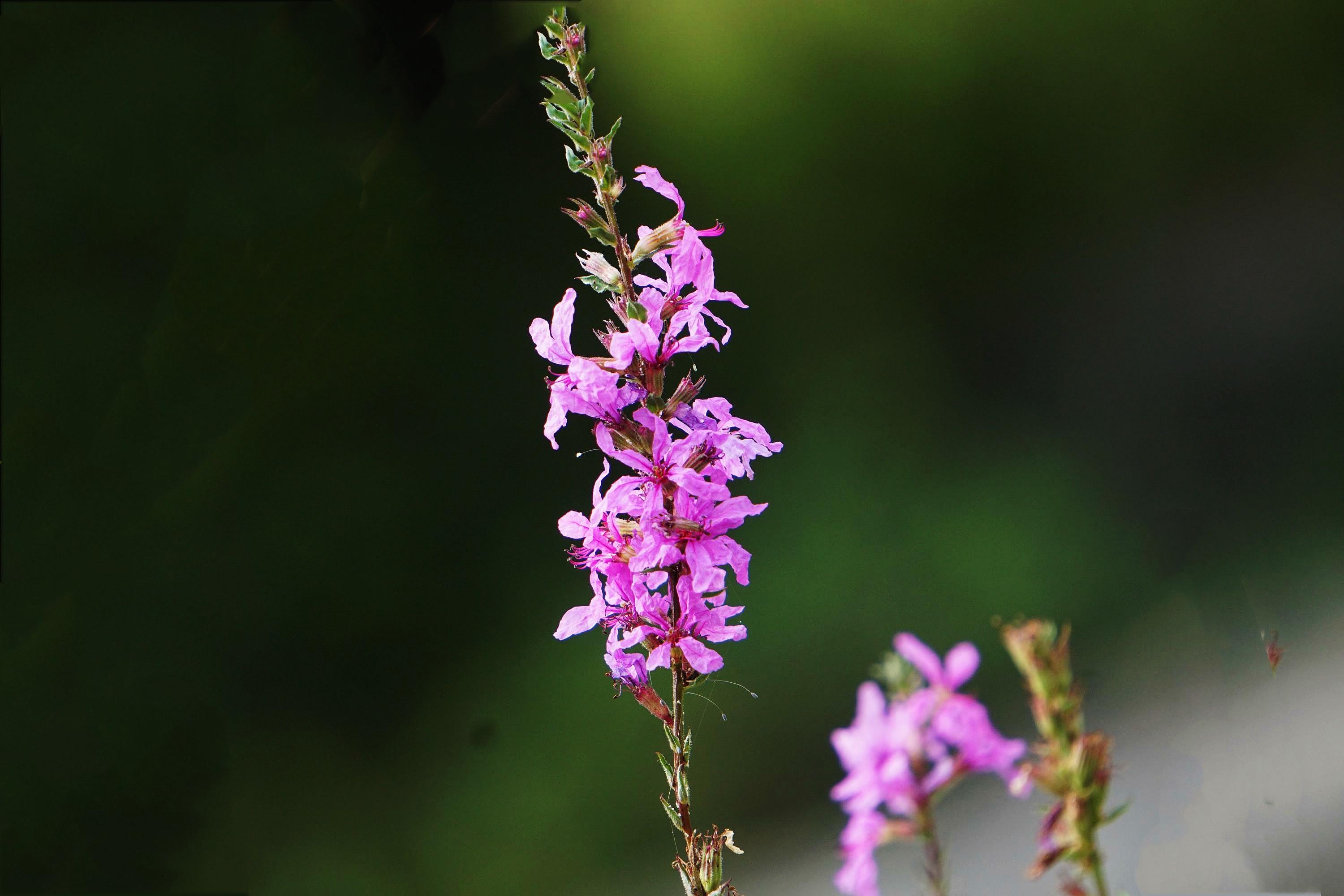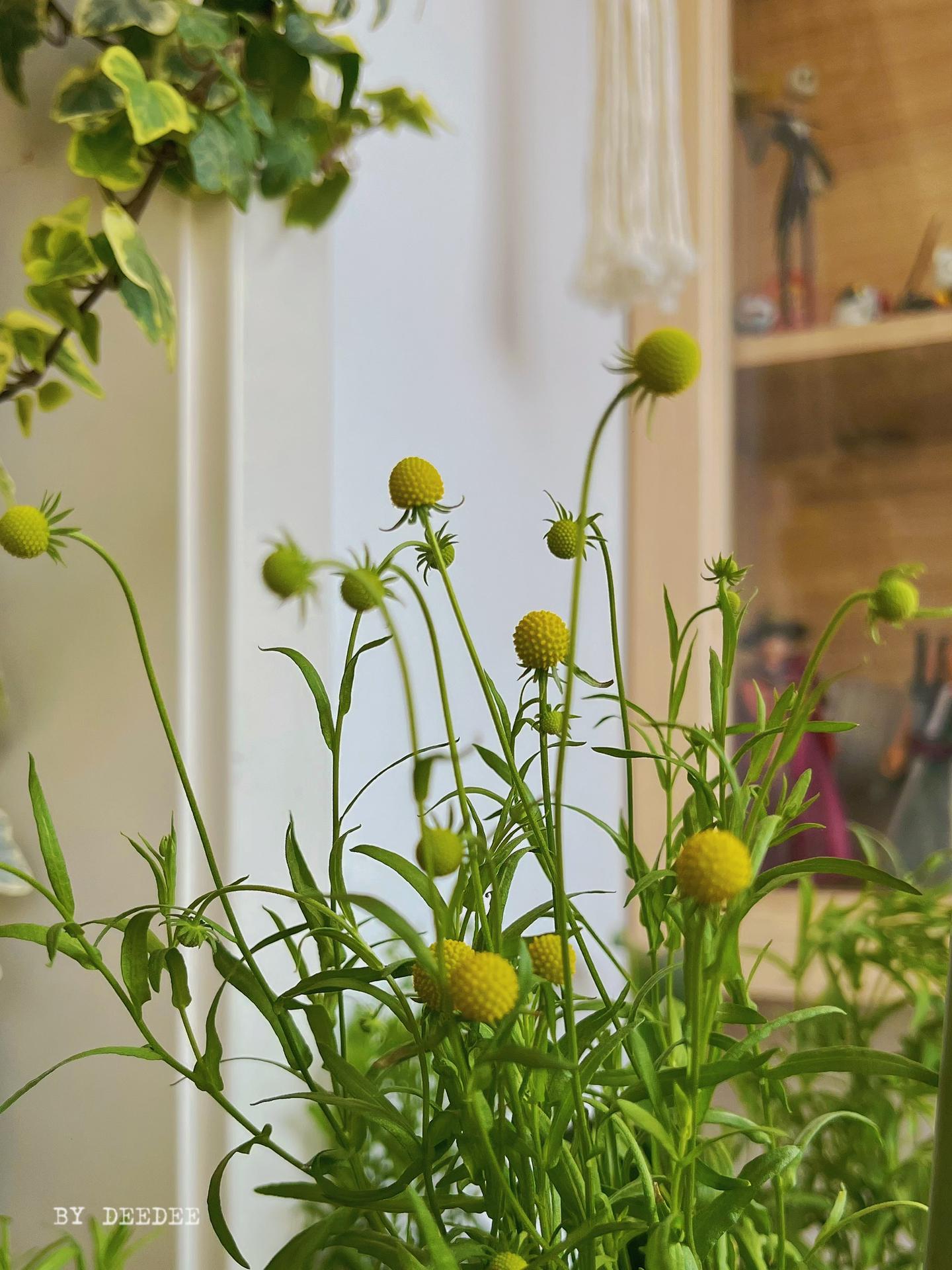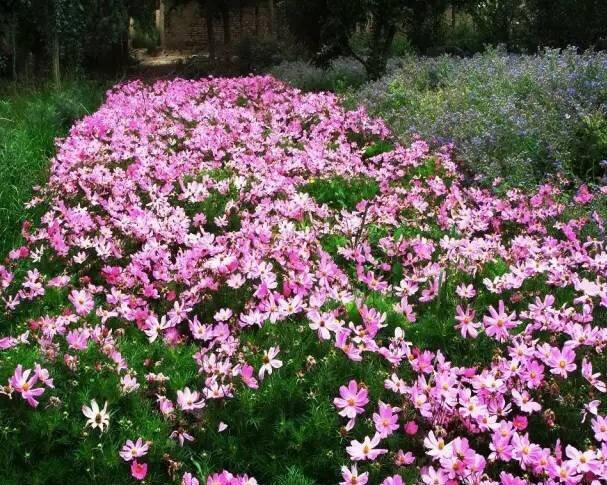Berberis, commonly known as barberry, has an intriguing story. Legend has it that in ancient times, this plant held mystical powers. It was believed that Berberis could ward off evil spirits and protect homes from curses. As a result, it became a popular plant in gardens and was often planted near entrances for its protective qualities. Over time, its thorny branches and vibrant berries also became symbols of resilience and endurance. Today, Berberis continues to enchant with its rich folklore, reminding us of the power and beauty found in nature.
Picture
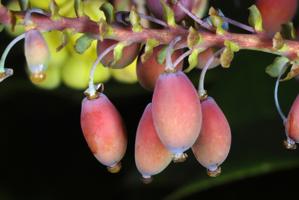
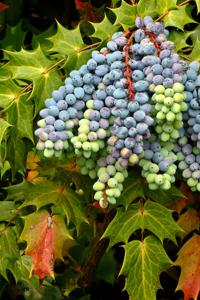
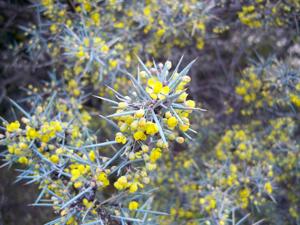
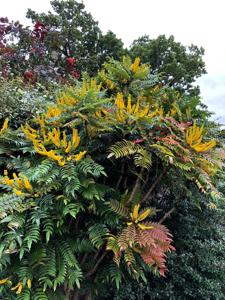
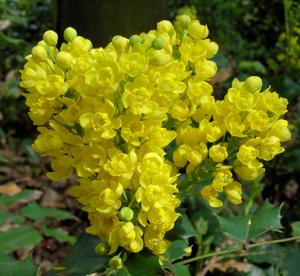
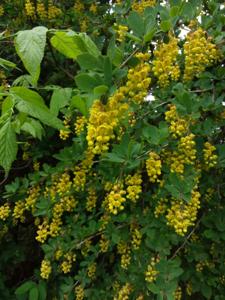
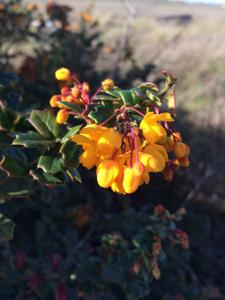
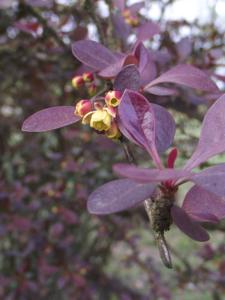
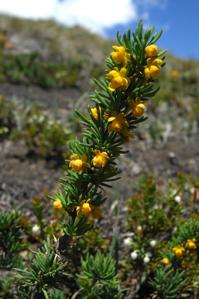
Plant some seeds now!
Short Description
Berberis (/ˈbɜːrbərɪs/), commonly known as barberry, is a large genus of deciduous and evergreen shrubs from 1–5 m (3.3–16.4 ft) tall, found throughout temperate and subtropical regions of the world (apart from Australia). Species diversity is greatest in South America and Asia; Europe, Africa and North America have native species as well. The best-known Berberis species is the European barberry, Berberis vulgaris, which is common in Europe, North Africa, the Middle East, and central Asia, and has been widely introduced in North America. Many of the species have spines on the shoots and all along the margins of the leaves.
Description
The genus Berberis has dimorphic shoots: long shoots which form the structure of the plant, and short shoots only 1–2 mm (0.039–0.079 in) long. The leaves on long shoots are non-photosynthetic, developed into one to three or more spines: 96 3–30 mm (0.12–1.18 in) long. The bud in the axil of each thorn-leaf then develops a short shoot with several normal, photosynthetic leaves. These leaves are 1–10 cm (0.39–3.94 in) long, simple, and either entire, or with spiny margins. Only on young seedlings do leaves develop on the long shoots, with the adult foliage style developing after the young plant is 1–2 years old.[citation needed]
Many deciduous species, such as Berberis thunbergii and B. vulgaris, are noted for their attractive pink or red autumn colour. In some evergreen species from China, such as B. candidula and B. verruculosa, the undersides of the leaves are brilliant white, a feature valued horticulturally. Some horticultural variants of B. thunbergii have dark red to violet foliage. Such as B. thunbergii f. atropurpurea ‘Admiration’, and B. thunbergii f. atropurpurea ‘Atropurpurea Nana’.
Cultivation
This section needs additional citations for verification. Please help improve this article by adding citations to reliable sources in this section. Unsourced material may be challenged and removed. (January 2021) (Learn how and when to remove this template message)
Several species of Berberis are popular garden shrubs, grown for such features as ornamental leaves, yellow flowers, or red or blue-black berries. Numerous cultivars and hybrids have been selected for garden use. Low-growing Berberis plants are also commonly planted as pedestrian barriers. Taller-growing species are valued for crime prevention; being dense and viciously spiny, they are effective barriers to burglars. Thus they are often planted below vulnerable windows, and used as hedges. Many species are resistant to predation by deer.
Species in cultivation include:
B. darwinii
B. dictyophylla
B. julianae
B. thunbergii
B. verruculosa
The following hybrid selections have gained the Royal Horticultural Society’s Award of Garden Merit:

